Pinia: description and cultivation
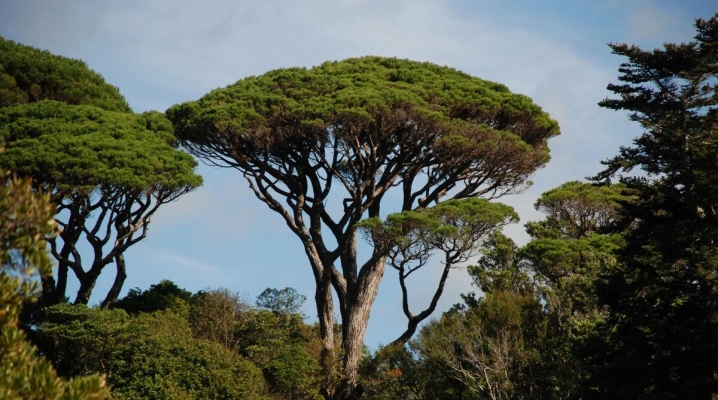
Pinia has been used as an ornamental plant for a very long time and has not lost its popularity. The nuts of this tree are not only beautiful, but also beneficial to the body. They contain a large amount of vitamins and minerals. Even beginners will be able to grow pine trees, because pine is unpretentious.
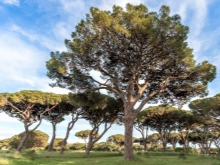
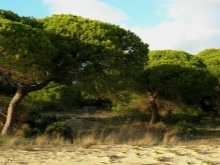
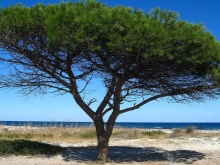
Description
The Italian pine grows up to 30 meters in height. A tree can grow for about 500 years. The needles are rich in green color, dense, but take up little space. The crown resembles an umbrella in shape. Interestingly, the light brown bark is even used as a substrate for orchids.
The needles grow in bunches of 2, have a narrow shape and grow up to 15 cm. The needles are dense and sharp to the touch. Pinia is used to decorate bonsai gardens and landscaping compositions. The plant is classified as evergreen, however, the needles may acquire a slightly bluish tint.

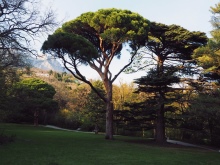
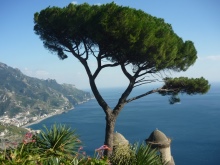
Cones grow in pairs, sometimes 3 pieces can be located together at once. Depending on the age of the pine, they reach 8-15 cm. Cones can resemble both an egg and a ball in shape.
The seeds ripen only 3 years after planting in the ground, in October. The buds may not open until spring.
The pine seeds are called nuts. After they fall out, the cones can remain on the branches for another couple of years. Nuts are slightly elongated, shaped like an oval. The color can range from brown to light with dark patches. They are distinguished by a strong shell.

For cracking nuts, a nutcracker or an industrial roller is used - it will not work to remove the shell in another way. The sides of the seeds have 3 edges. Ripe fruit reaches 1.5 cm, has a delicate resinous taste. Of all the edible pine seeds, these are considered the largest.
The yield indicator for the pine is high. One hectare of plants can harvest about 3-8 tons of nuts. The crop can be harvested every year. It is worth noting that the tree is unpretentious to the conditions and can grow in summer cottages in many regions.
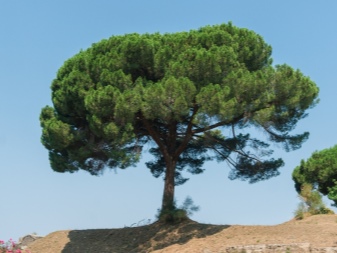
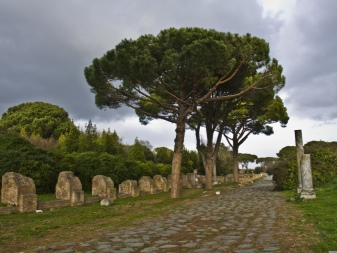
Growing in nature
Most of the Italian pines are found on the Mediterranean coast. Archaeologists have established that the tree appeared there at the beginning of the 1st century BC. Today, Italian pines are specially bred in the Caucasus and Crimea. The leaders in cultivation, however, are countries such as Turkey, Spain, Italy. It is the Portuguese, Turks, Tunisians, Italians and Spaniards who are the main suppliers of pine nuts.
In natural conditions, the plant loves light, is not afraid of drought. It can grow in any soil, even lime and sandy. However, the pineapple prefers loose and fresh soil, without an excess of water.

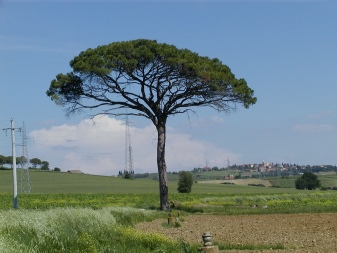
Pine tolerates cold temperatures down to -20 ° С and strong gusts of wind. It is worth noting that needles may suffer in severe frosts.
Pinia is also found in the Canary Islands. Under natural conditions, the Italian pine periodically throws off its needles. The ground around the tree is covered with them and does not freeze, it loses less moisture in the sun. In gardening conditions, the needles have to be cut off on their own - this stimulates the growth of a fresh crown.
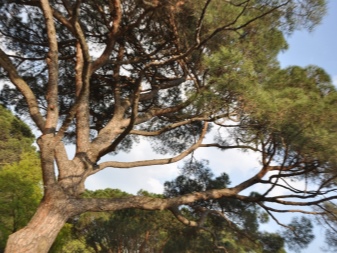
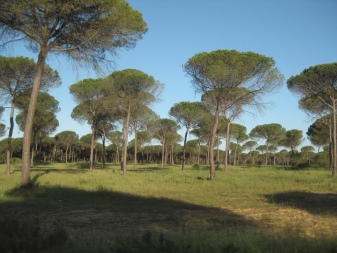
How to plant?
It is better to sow seeds not immediately in open ground, but in boxes. Containers should have drainage holes for water drainage. Loose soil with peat must be poured into a clean box. Seeds should be sown at a shallow depth, with a distance from each other.
Shoots are especially susceptible to pests and diseases. It is worth stocking up on a large number of seedlings, because only the highest quality ones will survive. It is recommended to take the containers with seeds outside, in the open sun. We must not forget about watering, especially strict regularity should be adhered to during periods of drought.
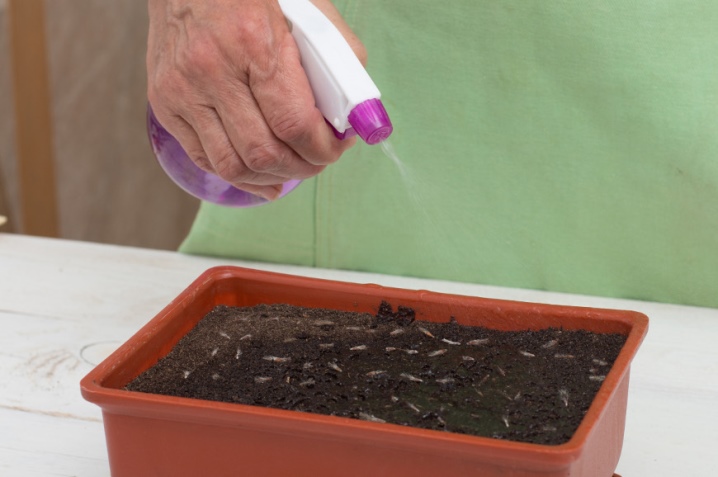
Seedlings need to be weeded regularly and fertilized into the soil. Six months later, the stems will grow to 7-10 cm. The pine should overwinter in the same containers. It is not necessary to put pine trees in greenhouses so that the sprouts get used to different weather conditions.
In the spring, it is time to transplant the pine tree into open ground, but not yet in a permanent place. The roots of the plant must remain intact after the procedure, otherwise it will die. Leave about 10-20 cm of space between the shoots. The wells should be shallow, as in the boxes.
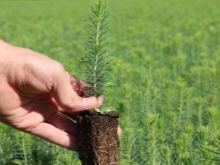
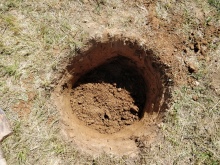
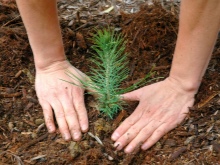
It is recommended to sprinkle sawdust or straw around the pine tree so that the weed does not grow.
The latter can completely stop the growth of the tree. You need to weed and water often, but fertilize the ground as needed. So it is only necessary to actively monitor the pine for the first couple of years.
In the third year of life, the pine tree grows to half a meter, then the young tree can be transplanted to a permanent place. The unpretentiousness of the line allows you to use it on any site. Caring for an adult plant is simple, so it's not a hassle.
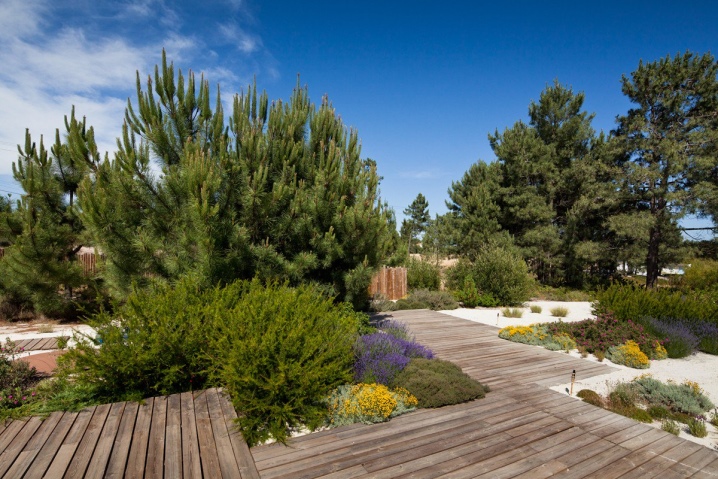
Care rules
Pinia belongs to undemanding plants. With a little effort, you can enjoy the beauty and scent of Italian pine for years to come. The features of care are as follows.
- It is necessary to replant the tree every 5 years. The roots grow strongly, so each time the pine needs more space. If the ornamental tree does not grow in the open field, then the pot should be chosen so that the root system fits freely.
- For the period of frost, the young tree should be covered with spruce branches. Over time, this need disappears.
- Active feeding is required in the summer. Fertilizers are applied to the soil 2-3 times throughout the season, about once a month. It is better not to use organic fertilizers, as the pinia does not like oily soil. Experts recommend purchasing mineral compositions for pines.
- The soil for the tub must be mixed with sand.
- Young pines should be watered rarely; in winter, the land should be practically dry.
- When grown in tubs, it is worth taking the tree out into fresh air at least for the summer. Tightness does not affect the intensity of growth, you don't have to worry about it. In winter, the tree should be cool, growth slows down.
- In tubs, you can shape the crown with a wire. You can bend branches that are less than 3 years old.
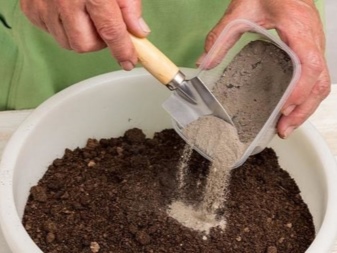
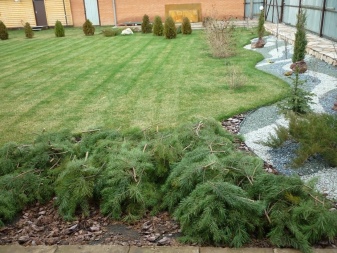
Diseases and pests
Italian pine can get sick from imported soil. Sometimes the planting material is already infected. Pests like to eat weakened, unkempt plants more. Disease-causing pathogens can enter trees along with wind, rain, birds and insects. In some cases, even humans can bring disease from a park or forest.
Italian pine juices can be consumed by coccids, bedbugs, spider and gall mites, aphids and leafhoppers. Sometimes such pests can cause tree death. Consider the symptoms of sucking pest attacks.
- When damaged by Hermes (a type of aphid), the needles become light and shortened. Eggs and adult pests are hidden under the white bloom. Soon sooty mushrooms appear on the sticky sap. It is necessary to treat pineapple with systemic insecticides. The drugs make the juice temporarily toxic to insects.
- Coniferous worms lead to yellowing and curling of the needles. The branches are covered with small light-colored insects, sometimes it seems that the plant is covered with frost. For treatment, it is sprayed with tobacco infusion 3 times with an interval of 7 days. Systemic insecticides can be used for severe damage.
- Females and larvae of the pine scabbard lead to drying out and falling off of the needles. Getting rid of a pest is extremely difficult. First, the trees are tied with belts of straw or burlap. A dull knife or old brush can be used to remove small amounts of insects. Spraying with insecticidal preparations is carried out with a serious lesion before bud break.
- Pine subcrustal mite leads to cracking of the bark, the branches turn yellow and dry. It is necessary to tie a pin with an adhesive belt. In autumn and early spring, insecticide spraying is performed. It is worth attracting red ants, pikas, woodpeckers to help - they eat this type of pest.

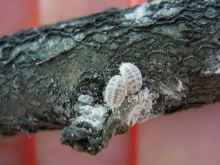
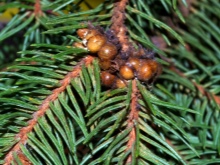
Some insects destroy the bark of the pine tree. Visually, you can see the gnawed holes.
When symptoms appear, treatment with infusions and decoctions of insecticidal plants should be started immediately. Usually pests leave the tree quickly.
In late spring and early summer, pine cones can gnaw through cones and live in them. The weevil beetle is able to halve the yield. A small tree can be illuminated in the evening with a flashlight or a searchlight, pests can be shaken off and collected on a pre-spread polyethylene or canvas. You will have to tinker with large pines, collecting all the beetles.
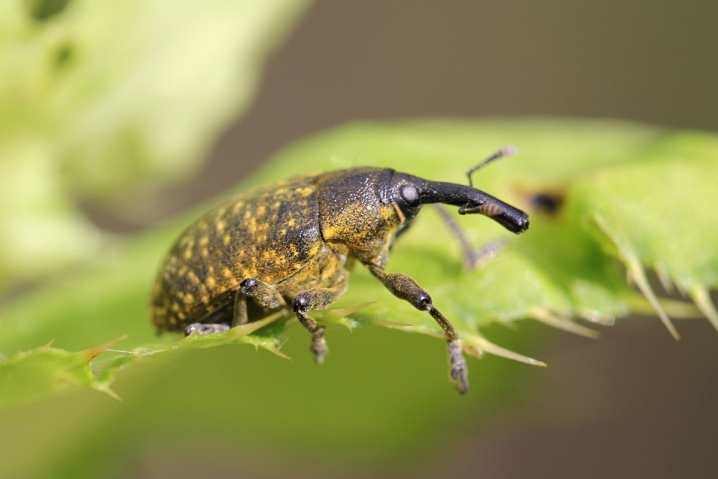
Diseases can affect pines as often as pests. They are usually non-infectious, caused by poor living conditions. The reason may be too deep penetration during planting. The needles can turn yellow when the nutrients are lacking. Severe frosts harm young pine trees, and snow can cause branches to break.
A mature tree has reliable immunity against infections, but this immunity decreases with aging or with prolonged exposure to inappropriate conditions. Fungal diseases develop much more often due to too tight planting, excess moisture.
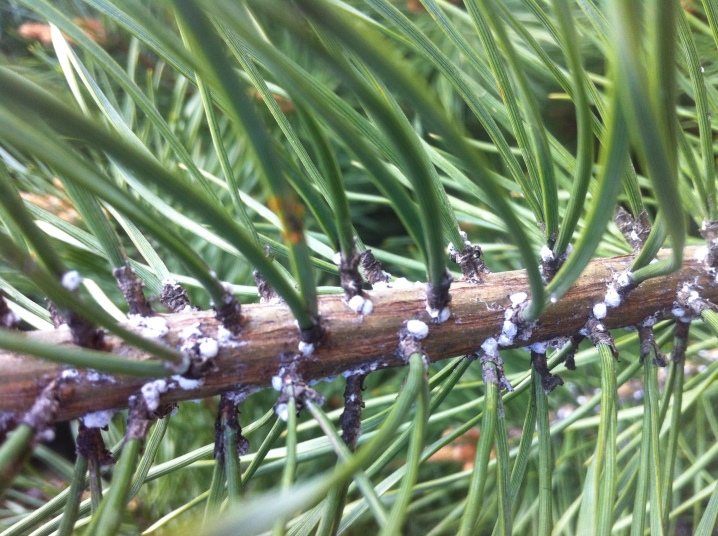
Symptoms and methods of disease control.
- Rust leads to orange spore bubbles. The intermediate host of the disease is gooseberries and currants. Such plants should not be adjacent to pine. For treatment, copper-containing drugs are used.
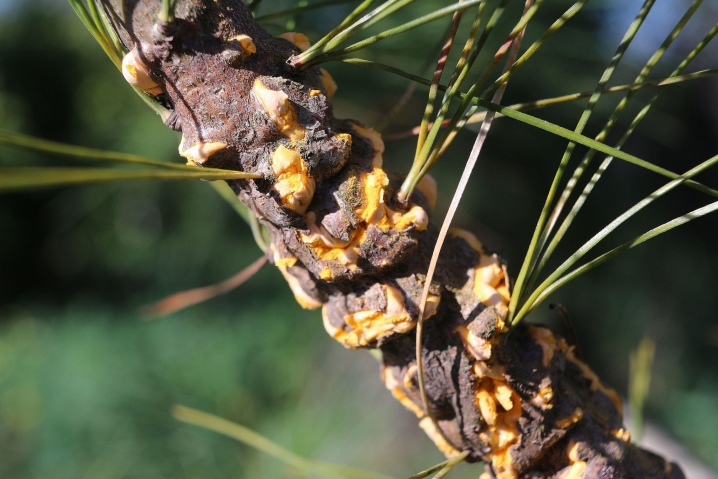
- Young trees can get sick with pine twirl. Blisters appear with a golden hue. For treatment, immunostimulants and micronutrients are used. The fallen needles must be burned. Spraying or injecting with systemic fungicides helps.
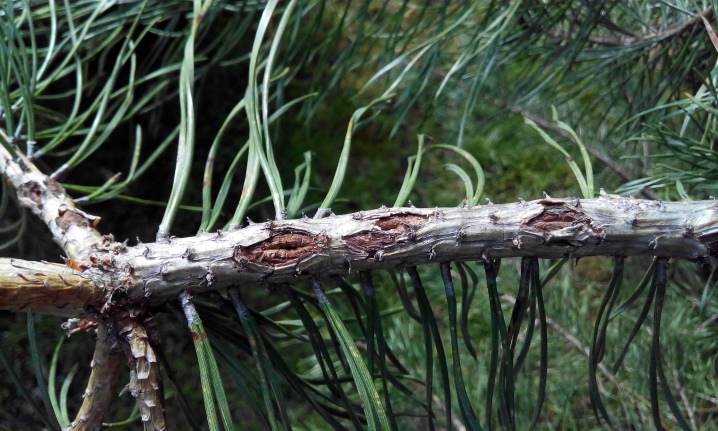
- Scleroderriosis manifests itself in the death of the upper kidneys. The escape is struck, and soon the whole branch. The disease can develop only with increased moisture. As a preventive measure, dead branches should be cut off throughout the season.
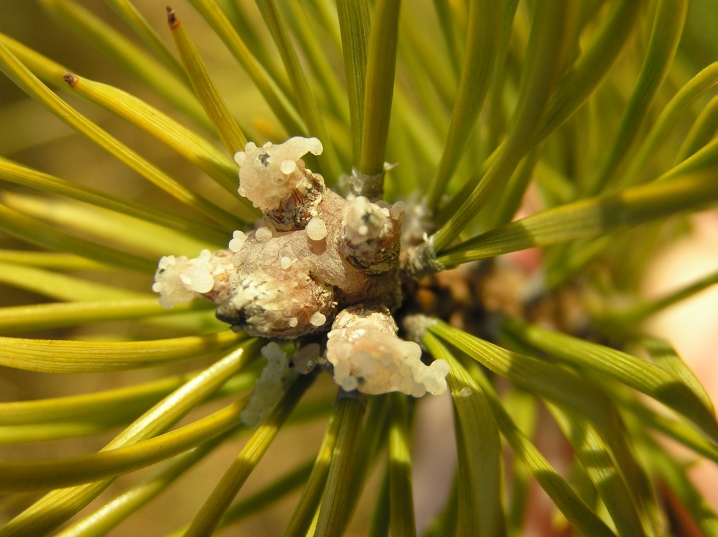
- Schütte infects plants up to 8 years old as soon as the snow melts. Affected needles turn dark red with black dots. With mass distribution, it leads to the death of the pine. It is imperative to remove fallen needles - they become a distributor of fungal disease. In May and by the end of summer, seedlings should be treated with copper-containing preparations and fungicides.
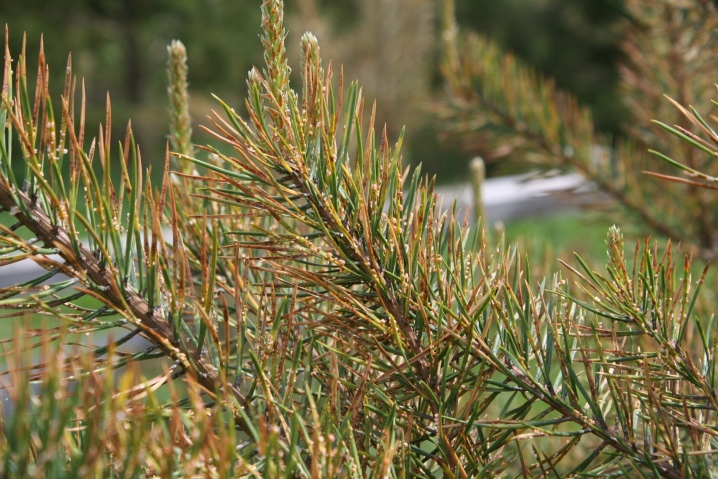
Examples in landscape design
Decorative Italian pine looks really amazing in combination with many other plants.
- The tree is still young and feels great away from other plants. A little moss nearby will help prevent excess moisture.

- A mature tree goes well with deciduous neighbors.
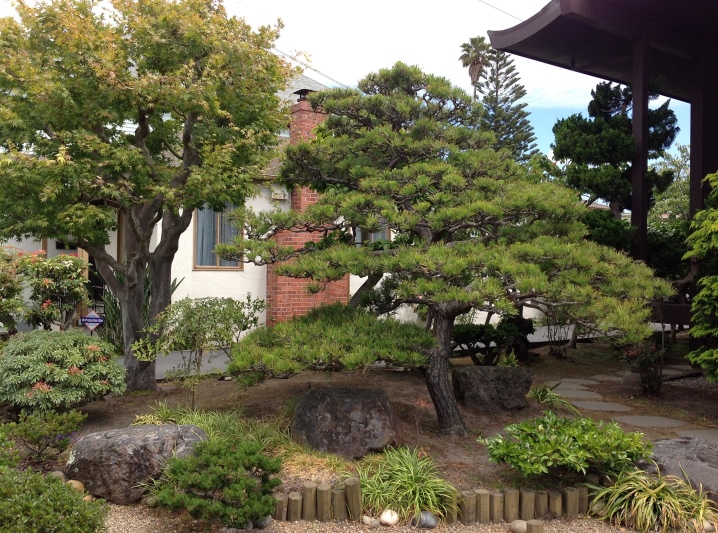
- Several lines look especially impressive. The lush and dark crown is in harmony with lush greenery.
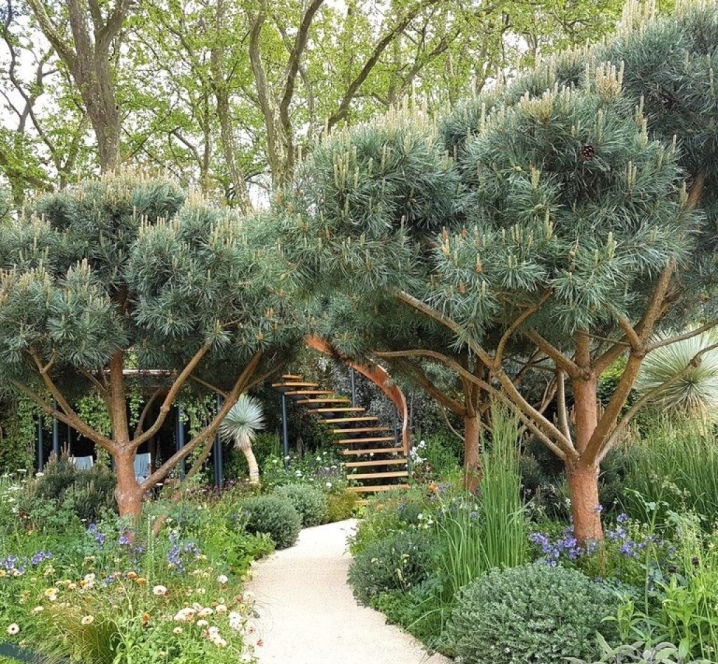
- The combination of Italian pine with blue undersized plants looks especially impressive. The bright color of the needles stands out favorably against the general background.
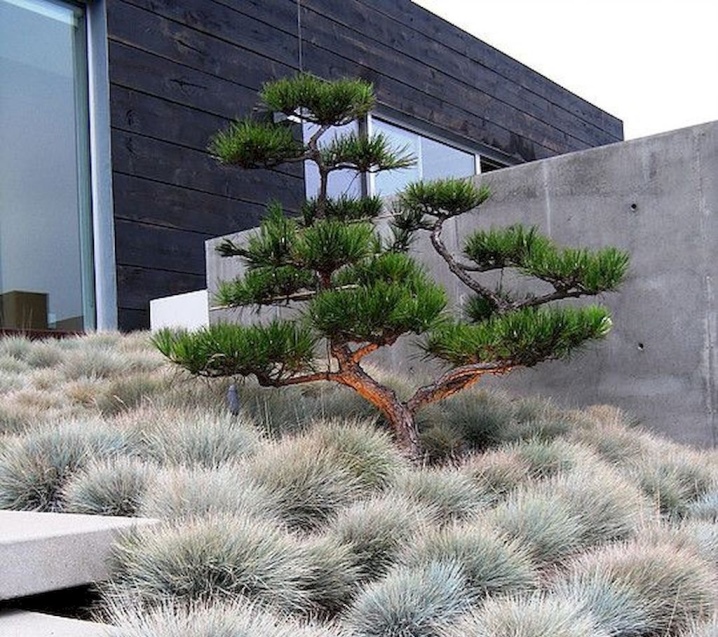
- The crown shape is formed with a wire. Pinia in this form looks as decorative as possible.
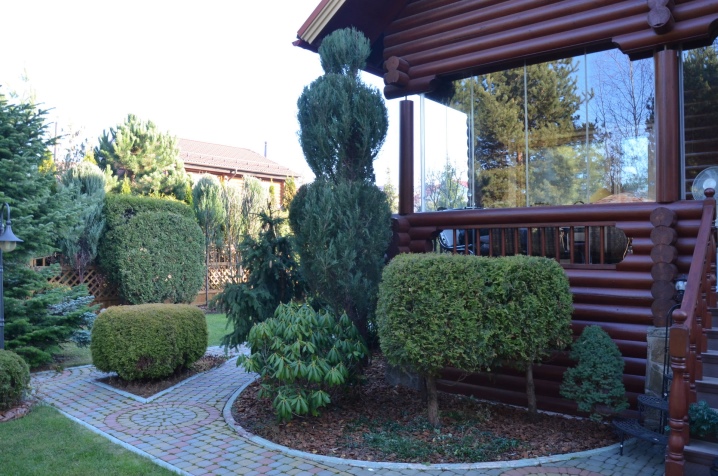
How to grow a pine tree from seeds, see below.



































































The comment was sent successfully.